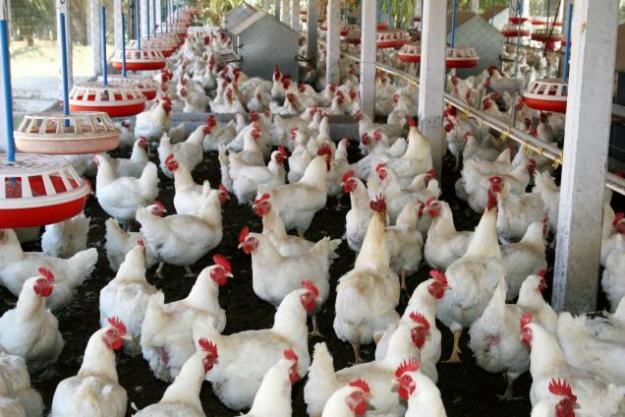
EFFECT OF DICOSAN® SUPPLEMENTATION ON GUT HEALTH IN BROILERS
Due to the ban of antibiotic as growth promoters, several feed additives such as organic acids, phytogenics, pre- and probiotics have been widely used in poultry production. More recently, medium-chain fatty acids (MCFAs) have become a focus of attention due to their potentially favourable antimicrobial effects. Concretely, coconut and palm kernel fatty acids distillates are MCFAs sources rich in lauric acid (C12), which have strong antimicrobial activity against Gram positive bacteria.
Showing progress in this line, Norel presented at the International Poultry Scientefic Forum (IPSF) 2022 the results of a trial on the effect of supplementing broiler diets with Dicosan® (sodium salts of short-chain fatty acids) at different doses. The analysis of the effect on intestinal health focused on showing how stability at the digestive tract level has an effect on broiler performance.
A total of 400 male Cobb 430 broiler chickens were randomly distributed into four treatments (n=10): NC, negative control, without any in-feed antibiotic growth promoter; PC, positive control, NC diet supplemented with bacitracin methylene disalicylate (BMD, 50 ppm); DIC1, NC diet supplemented with sodium salt of MCFA (Dicosan®, NOREL SA) at 1.5 g, 1.0 g and 0.5 g per kg diet during the starter, grower and finisher stages; and DIC2, NC diet supplemented with sodium salt of MCFA (Dicosan®, NOREL SA) at 1.0 g, 0.5 g and 0.5 g per kg diet during the starter, grower and finisher stages. Chemical coccidiostat (Diclazuril, 0.3g/kg) was used throughout the study period.
At the end of the study (35d) DIC1 birds were numerically the heaviest (P>0.05), with 2,453 g compared to 2,421 g for the PC group. There was also a significant shift in the microbial populations (log10 CFU/g digesta) of E. coli, Salmonella spp. and Cl. Perfringens. The DIC groups showed a reduction (P=0.0001 in all cases) compared to NC in these counts (e.g. E. coli resulted in 7.17c, 4.66ab, 4.49a and 4.78b for NC, PC DIC1 and DIC2, respectively). In the case of Cl. perfringens, the DIC groups were lower than PC (6.32d, 5.59c, 5.27b and 4.84a for NC, PC DIC1 and DIC2, respectively). Even if there were no significant differences in small intestinal morphology, however in both the DIC1 and DIC2 groups the villi were arranged in a more compact manner.
In conclusion, this study supports the idea that DICOSAN can improve gut health and can replace BMD as an antibiotic growth promoter.

